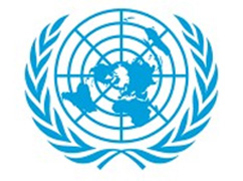A Question and Answer session followed, where the students engaged in discussions about the text & applicability in contemporary performance arts, and its influence on modern theatre and cinema. The lecture concluded with a vote of thanks to the guest lecturer for providing an enlightening perspective on this timeless classic. To conclude, the guest lecture was an enriching experience, providing the students with a comprehensive understanding of the Natyashastra and its significance in the world of performing arts. This session successfully bridged the gap between ancient knowledge and contemporary practice, delving deeper into the study of Indian aesthetics and their application in modern performing arts.
Address
Christ University Road, 30 Valor Court
At Post: Dasve Lavasa, Taluka: Mulshi
Pune 412112, Maharashtra.
Telephone
Mail Us At



